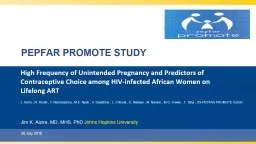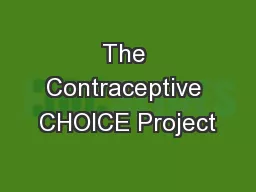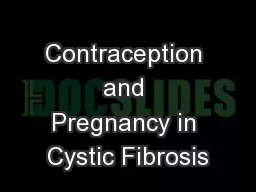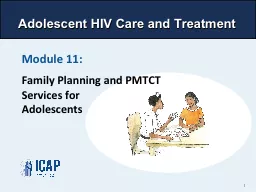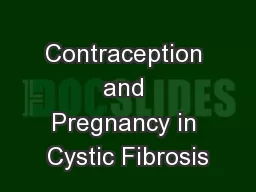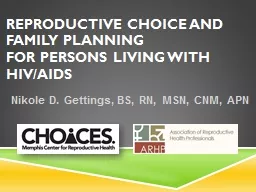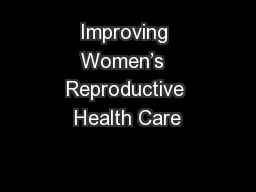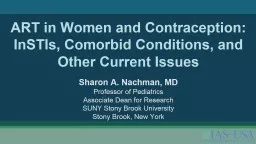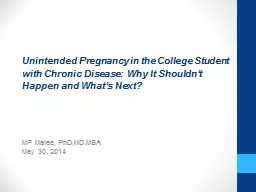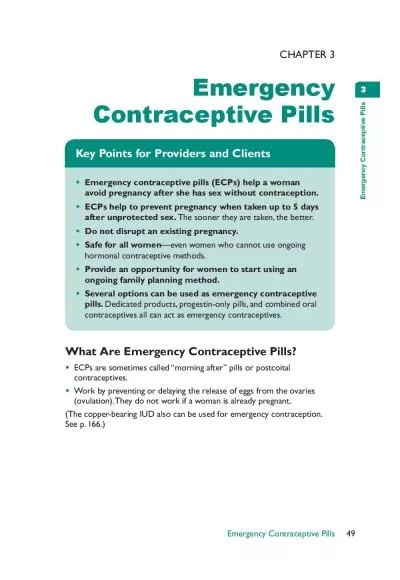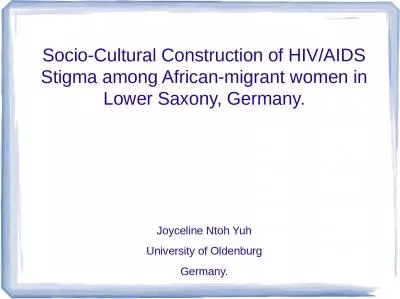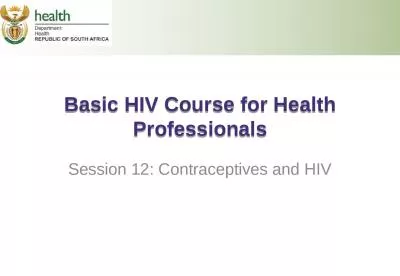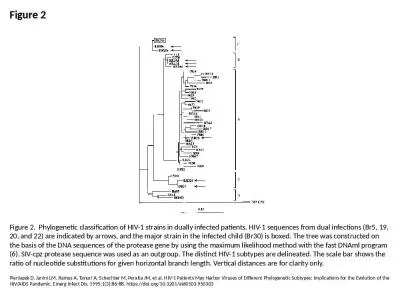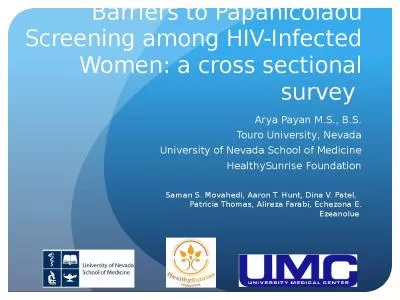PPT-High Frequency of Unintended Pregnancy and Predictors of Contraceptive Choice among HIV-infected
Author : yoshiko-marsland | Published Date : 2019-10-30
High Frequency of Unintended Pregnancy and Predictors of Contraceptive Choice among HIVinfected African Women on Lifelong ART Jim K Aizire MD MHS PhD Johns Hopkins
Presentation Embed Code
Download Presentation
Download Presentation The PPT/PDF document "High Frequency of Unintended Pregnancy ..." is the property of its rightful owner. Permission is granted to download and print the materials on this website for personal, non-commercial use only, and to display it on your personal computer provided you do not modify the materials and that you retain all copyright notices contained in the materials. By downloading content from our website, you accept the terms of this agreement.
High Frequency of Unintended Pregnancy and Predictors of Contraceptive Choice among HIV-infected: Transcript
Download Rules Of Document
"High Frequency of Unintended Pregnancy and Predictors of Contraceptive Choice among HIV-infected"The content belongs to its owner. You may download and print it for personal use, without modification, and keep all copyright notices. By downloading, you agree to these terms.
Related Documents

